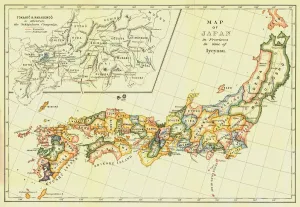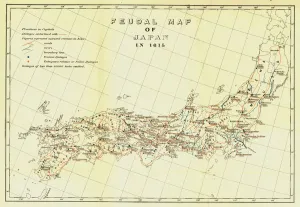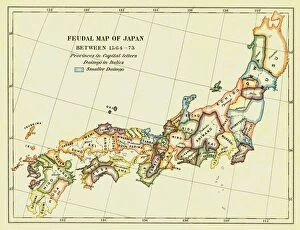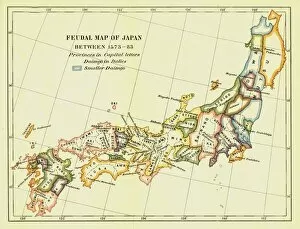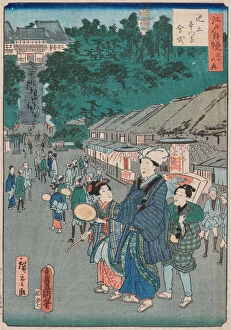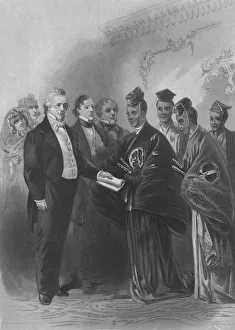Tokugawa Shogunate Collection
The Tokugawa Shogunate, also known as the Edo period, was a significant era in Japanese history
All Professionally Made to Order for Quick Shipping
The Tokugawa Shogunate, also known as the Edo period, was a significant era in Japanese history. This caption explores various aspects of this time through historical maps and prints. The first image is a map of Japan during the reign of Iyeyasu in 1615. It showcases the country divided into provinces, giving us an insight into its feudal structure at that time. Next, we have a plan depicting the Battle of Sekigahara in October 1600. This battle played a crucial role in establishing Tokugawa rule over Japan and marked the beginning of their shogunate. Moving back further in time to between 1573-83, we see another feudal map illustrating Japan's political landscape during this period. These maps provide valuable information about territorial divisions and power dynamics within the country. Another map from 1564-73 gives us an even earlier glimpse into feudal Japan. Comparing these maps allows us to observe changes and developments over time leading up to the Tokugawa Shogunate. Shifting our focus to specific campaigns during this era, we have plans for both Osaka First (1614) and Second (1615) Campaigns. These battles were pivotal moments where Tokugawa forces sought to consolidate their control over rival factions. To better understand military strategies employed during these campaigns, there is also a depiction of Tokaido & Nakasendo routes related to Sekigahara Campaign. This provides insights into how armies moved across different regions during wartime. Beyond warfare, woodblock prints offer glimpses into daily life during this period. One print captures Nichiren's Memorial Day at Ikegami Honganji temple in 1864 while another depicts festivities on The First Day of Horse at Inari Shrine Oji around the same year. Lastly, we have an intriguing woodblock print from the 19th century showcasing Third Month (Sangatsu).

